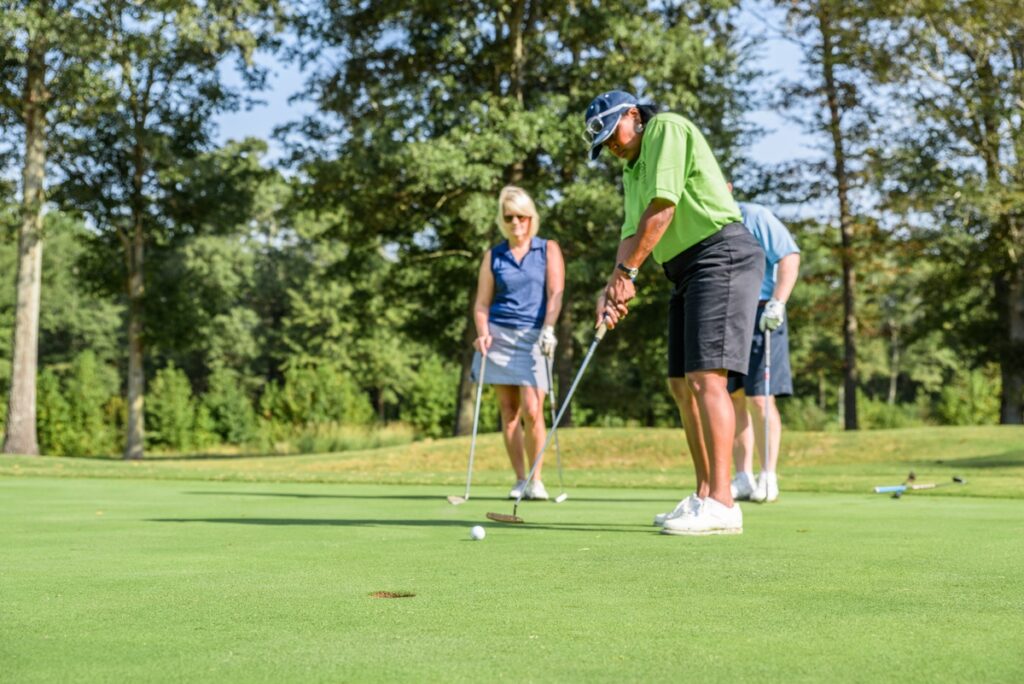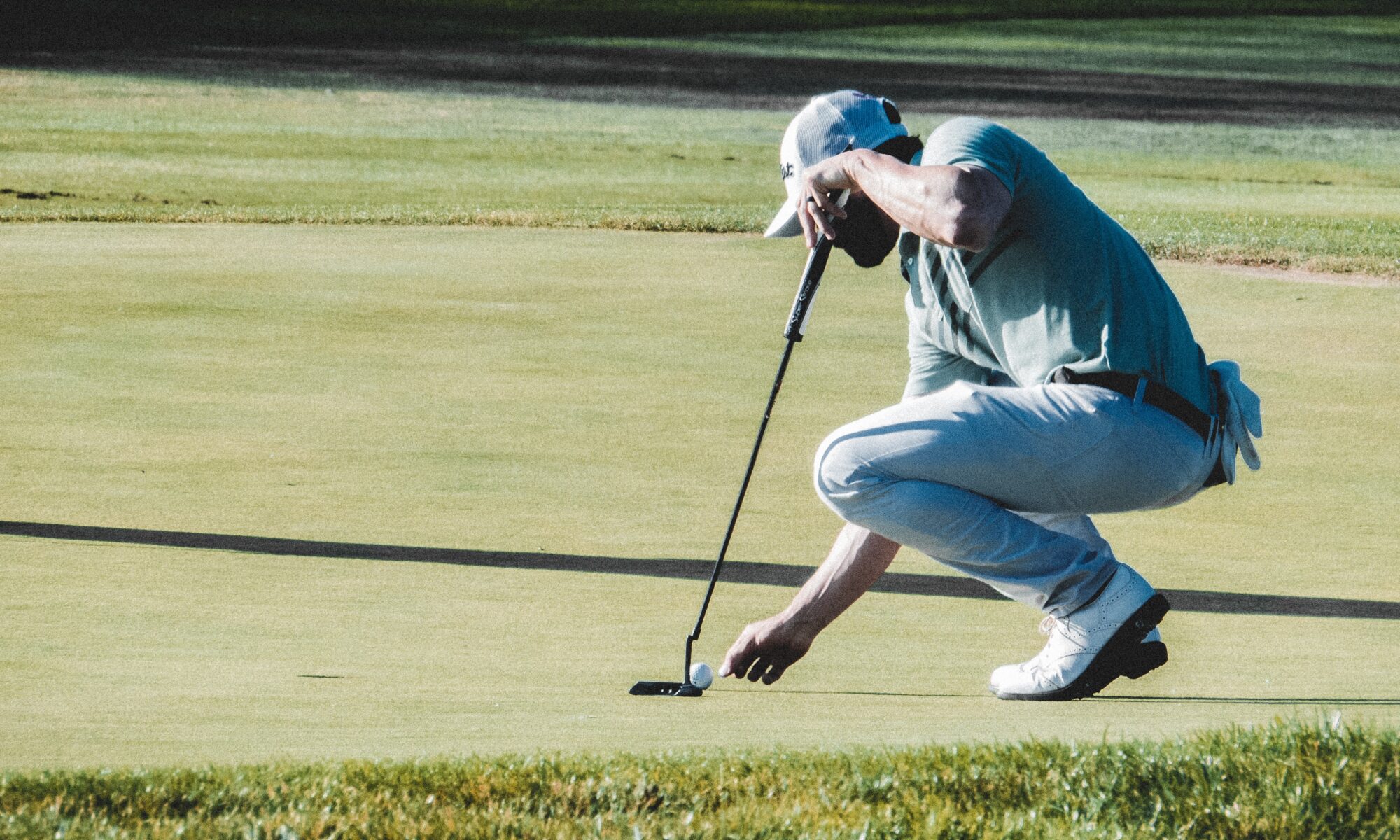By Kevin Cotter, PGA
Nothing separates weekend warriors from elite golfers like putting. The pros sink putts with confidence, while amateurs often struggle with consistency. If you want to roll the ball like the best, you need more than just luck—you need a solid routine, proper technique, and a confident mindset. Here are five pro-level tips to help you make more putts and lower your scores.

1. Master Your Setup and Alignment
Pros take their setup seriously. Even a perfect stroke won’t get the ball in the hole if you’re not correctly aligned. The key? Keep your feet, knees, hips, and shoulders parallel to your target line. Many pros use alignment aids in practice to reinforce proper positioning. Also, ensure your eyes are directly over the ball or slightly inside the target line for optimal accuracy.
2. Develop a Smooth, Repeatable Stroke
One of amateur golfers’ most common mistakes is getting too handsy with the putter. Pros focus on a consistent stroke powered by the shoulders, keeping the hands quiet. A smooth pendulum-like motion leads to better distance control and accuracy. To improve, try the “gate drill” by placing two tees slightly wider than your putter head. If you don’t hit the tees, your stroke will stay on path.
3. Read Greens Like a Pro
Good putting starts before you even stroke the ball. Pros read greens from multiple angles, considering grain, slope, and speed. A great technique is the “low side read,” where you examine the putt from the side that slopes downward. Use your feet to feel subtle breaks, and practice lag putts to develop a better sense of green speed. The more you understand the break, the more putts you’ll make.
4. Control Your Speed
Even the best read means nothing if your speed control is off. Pros focus on rolling the ball with perfect pace, often aiming to have it finish about 12-18 inches past the hole if they miss. A great drill to improve speed is the “ladder drill,” where you putt balls to stop at different distances within a designated zone. Mastering speed prevents those dreaded three-putts and boosts confidence on short putts.
5. Commit to Every Putt with Confidence
Doubt is the silent killer of a good putt. The best players trust their read, commit fully to their stroke, and let go of the outcome. Before you putt it, take a deep breath, visualize the ball rolling smoothly into the cup, and step up with confidence. A hesitant stroke leads to missed opportunities, but a committed one—even if you miss—sets you up for long-term success on the greens.
Now, grab your putter and have some fun out there! 🏌️♂️

